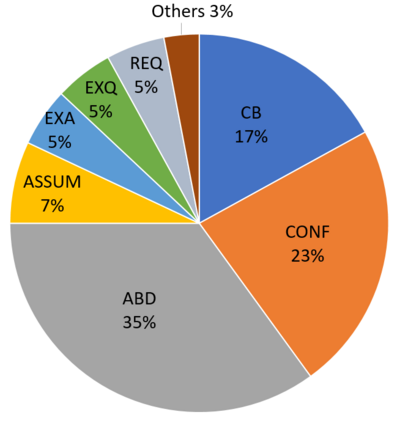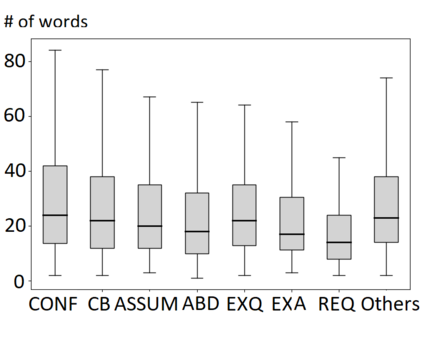Software developers use issue trackers (e.g. Jira) to manage defects, bugs, tasks, change requests, etc. In this paper we explore (a) how architectural knowledge concepts (e.g. architectural component behavior, contextual constraints) are textually represented in issues (e.g. as adjectives), (b) which architectural knowledge concepts commonly occur in issues, and (c) which architectural knowledge concepts appear together. We analyzed issues in the Jira issue trackers of three large Apache projects. To identify ``architecturally relevant'' issues, we linked issues to architecturally relevant source code changes in the studied systems. We then developed a code book by manually labeling a subset of issues. After reaching conceptual saturation, we coded remaining issues. Our findings support empirically-grounded search tools to identify architectural knowledge concepts in issues for future reuse.
翻译:软件开发者使用问题追踪器(例如Jira)管理缺陷、错误、任务、更改请求等。在本文件中,我们探讨了(a) 建筑知识概念(例如建筑组成部分行为、背景限制)如何在问题(例如形容词)中以文字形式体现;(b) 哪些建筑知识概念通常出现在问题中;(c) 哪些建筑知识概念共同出现。我们分析了Jira问题追踪器中的三个大型阿帕奇项目的问题。为了查明“自然相关”的问题,我们将问题与研究系统中与建筑相关的源代码变化联系起来。我们随后通过手动标出一组问题,开发了一本代码书。在达到概念饱和后,我们将剩余问题编码。我们的调查结果支持了以经验为基础的搜索工具,用以确定未来再利用问题中的建筑知识概念。











































